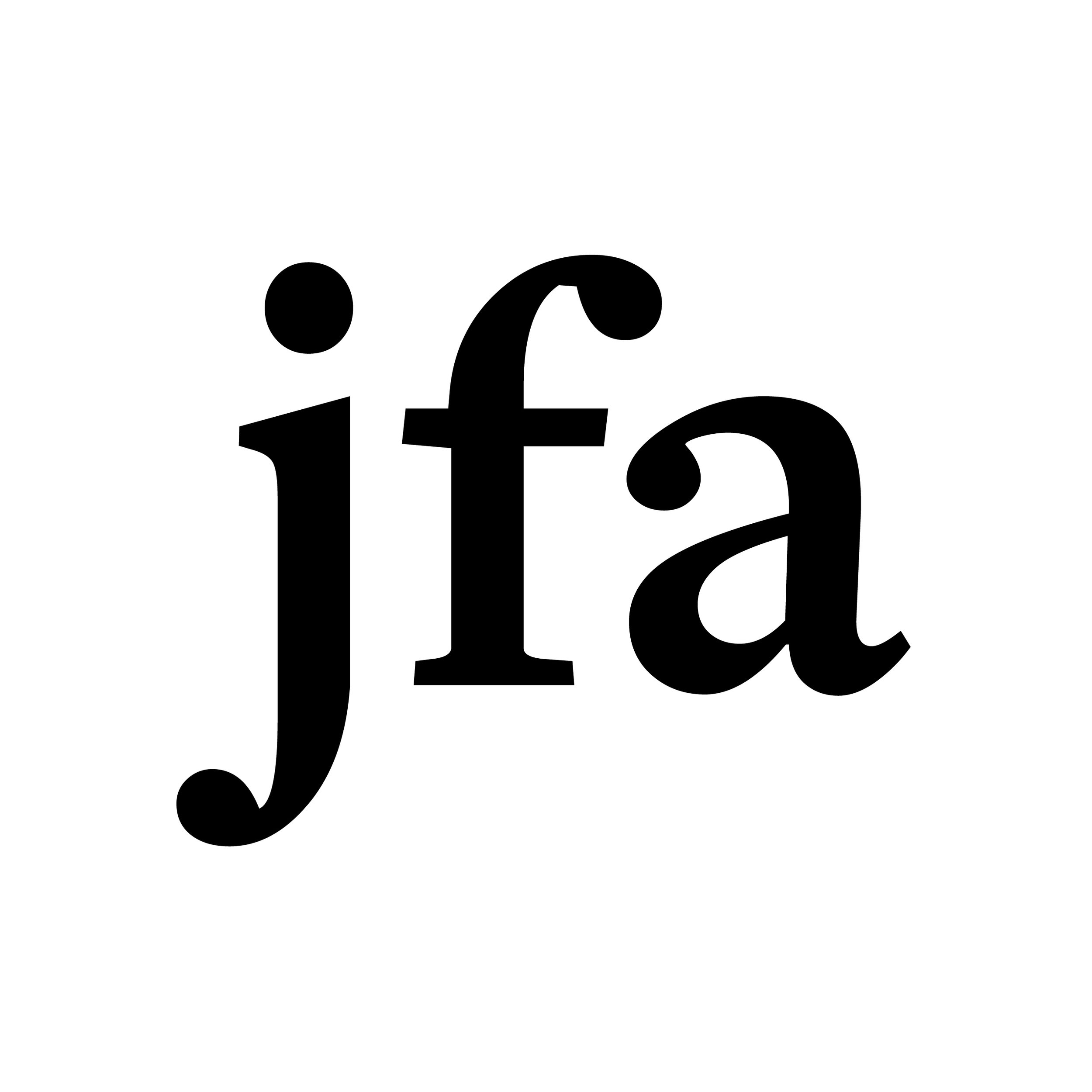The Art of Forced Displacement
Julie Reintjes
Human rights discourse is often divorced from people’s lived experiences: it is too legalistic, technocratic, and condescending. Images, story-telling, and other visceral explorations of human rights issues however, having unique emotional, practical, and ethical effects, might be more powerful mediums of self-expression and awareness-raising.
In light of what has been termed the European or global ‘refugee crisis,’ there is a growing recognition that visual representations influence public perceptions about migrants. European online and print media – including some of those that consider themselves neutral or even left-leaning – have published images of migrants as the anonymous, faceless Other invading Fortress Europe en masse. Not only is this depiction dehumanising and factually misleading, it also has negative effects towards social cohesion, mutual understanding, and community-building.
Since visual art may be one of the only channels through which forcibly displaced people are able to voice themselves, it has the ability to challenge both the media’s representation of refugees as threatening, invading, unskilled, as well as the humanitarian construction of refugees as voiceless, depoliticised, and victimised. Certain visual media, particularly within the visual arts, have the ability to “puncture openings into smooth surfaces of hegemonic formations,” and to incentivise viewers to question dominant identity constructions.
Image courtesy of the artist: © Omar Imam (Catherine Edelman Gallery)
Artistic activity and forced migration are no strangers to one another. Artists throughout history have made art in various alienating contexts. Think of Max Ernst, Lucian Freud, Camille Pisarro, and the more contemporary Anish Kapoor, Mona Hatoum, and Lubaina Himid. All of these artists were refugees or migrants at some point in their lives, and have changed the course of (art) history.
In contemporary visual arts discourse the adjective ‘refugee’ is often used by the dominant culture as an exotic symbol of representation. Migration is a hot topic in galleries, and artists with refugee backgrounds are increasingly asked to take part in exhibitions and art fairs. The term “refugee” is an internationally recognised legal status; one that disables belonging to a nation state. Despite this, it merges people into a single ethnic category. Their identity is constructed through difference; through relation to the Other; through relation to the citizen. This means that artists with a forced displacement background are often identified as much by their alleged ethnicity as by their art. As we will discover below however, these artists are able to appropriate and renegotiate the term ‘refugee,’ using it as a source of resistance or pride.
This series will explore how the visual artistic practices of three artists narrate lived experiences of forced migration. For what purposes do these artists create; what artistic practices, methods, aesthetics and themes do they use for engagement, self-definition, and expression; and what does this tell us about the lives and rights of refugees?

